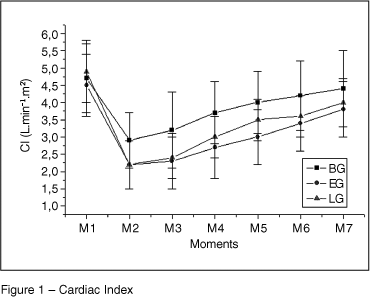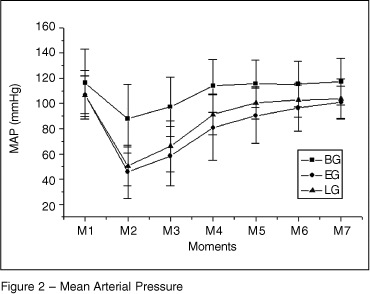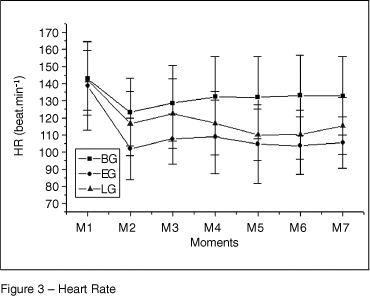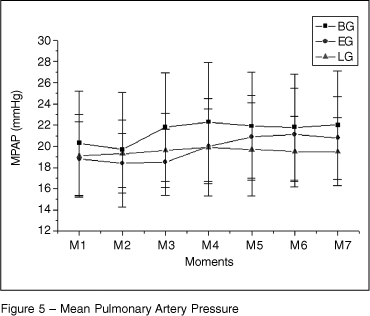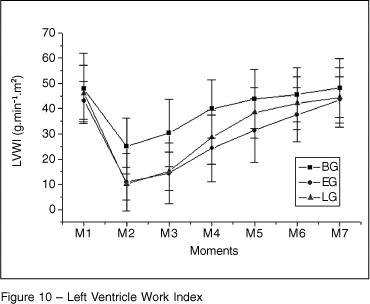BACKGROUND AND METHODS: Until recently, bupivacaine had been the anesthetic of choice for loco-regional blocks due to the quality and duration of the anesthesia. But its cardiovascular toxicity is a source of concern for anesthesiologists who seek new pharmacological options with a smaller degree of this problem. Its levorotatory isomer, levobupivacaine, that would be less cardiotoxic due a smaller affinity for the receptors of the sodium channels of the cardiac cell, is one of these options. In Brazil, a presentation containing 75% of the levorotatory isomer and 25% of the dextrorotatory isomer, called 50% enantiomeric excess mixture is available. The aim of this study was to evaluate the hemodynamic repercussions of the intravascular injection of a toxic dose of those three agents to determine which one has the least impact in the case of an accident. METHODS: Large White pigs were anesthetized with thiopental, intubated, and placed on mechanical ventilation. Hemodynamic monitoring was achieved with a Swan-Ganz catheter and invasive blood pressure. After a period of rest, the animals were randomly divided in three groups. The intoxication was performed, on a double-blind fashion, with 4 mg.kg-1 of one of the drugs. Hemodynamic parameters were evaluated during 30 minutes. Analytical tests were used to compare the results among the groups. RESULTS: The 50% enantiomeric excess mixture and levobupivacaine had greater hemodynamic repercussions than the racemic mixture, which were more pronounced with the first drug. These results go against those found in humans, especially regarding the pure levorotatory isomer, but are similar to recent results reported in animals. One should be careful when extrapolating the data obtained in pigs to humans and further studies are necessary. CONCLUSIONS: In pigs, the 50% enantiomeric excess mixture, in particular, and levobupivacaine were more toxic when administered intravenously than racemic bupivacaine.
ANESTHETICS, Local; ANIMAL; COMPLICATIONS

